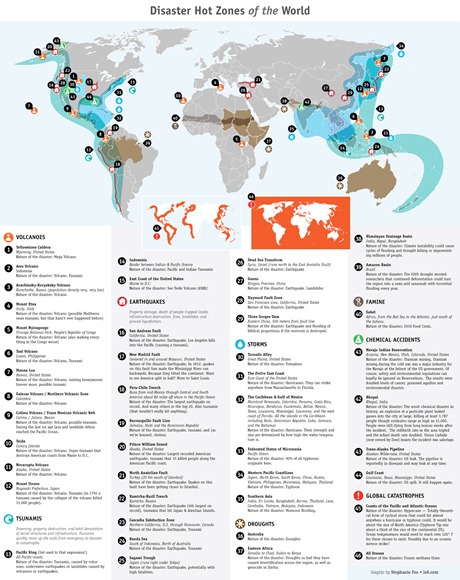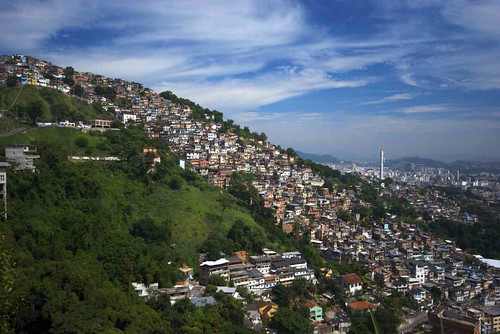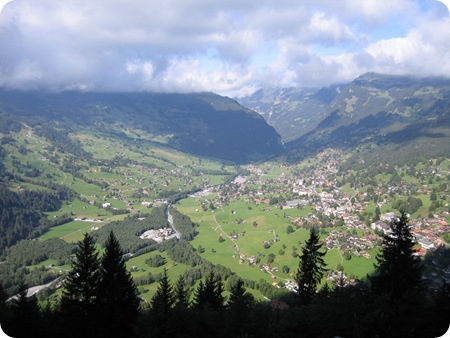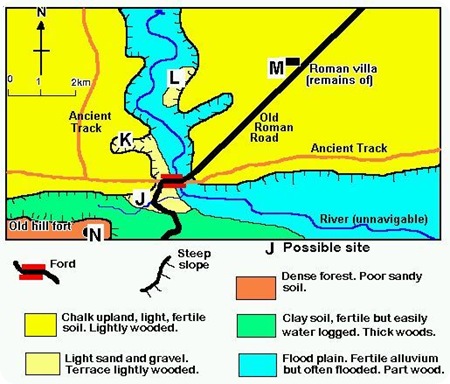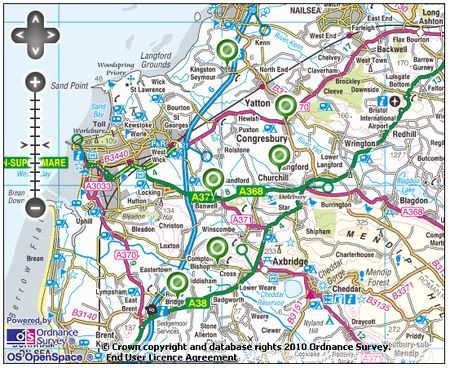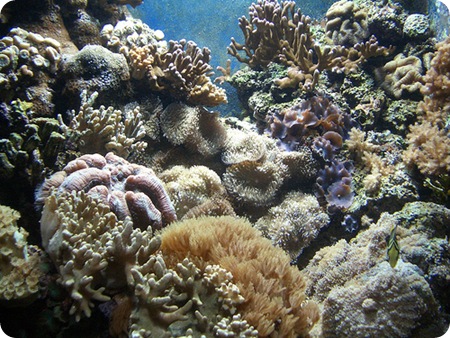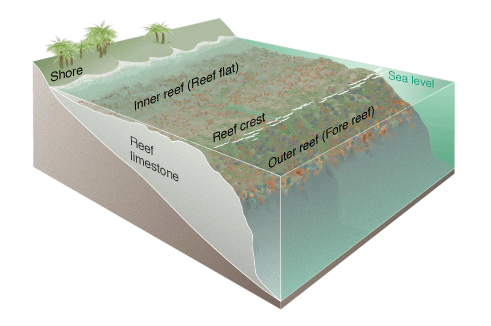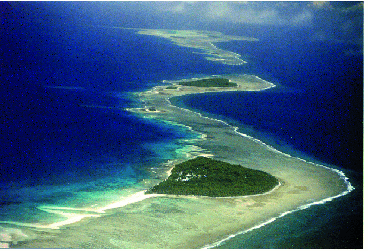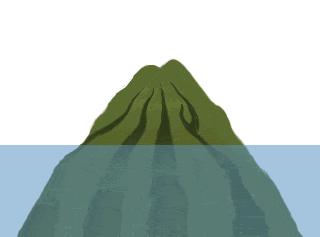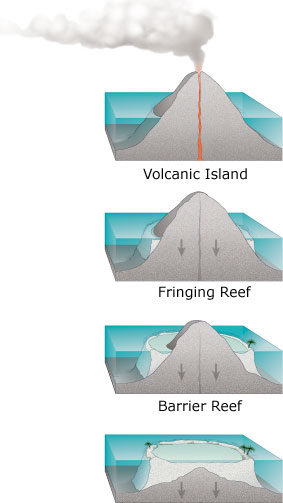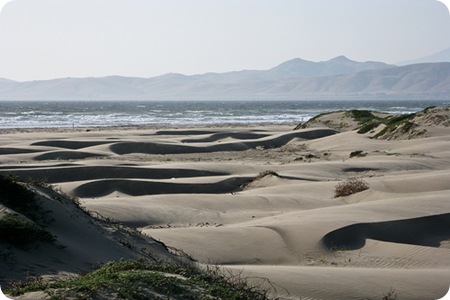IGCSE Geography
Visions of Continental Drift on Fast Forward
Jan 12th
What would continental drift look like on extreme fast-forward. These video clips are partly based on science, partly imagination. The (pre)historical part of these videos are hopefully based on research by Geologists. The predictions beyond the present day can be no more than pure speculation (especially this one that envisages a pangaea (single land mass) once more … almost poetic …
This second one is confusing. Some good views of how continental drift might have looked, but then the predictions of the future seem to abandon continental drift altogether, as though that fundamental process stops altogether, and switches entirely to speculation of how today’s static continents would look if sea levels continue to rise to new, extreme levels. On that basis, the title ‘Earth 100 Million years From Now’ is disappointing – where’s the continental drift gone? Sea level fluctuations would most likely be cycling rapidly (in such a geological timescale) both up and back down. Misleading, therefore, but interesting for the early section …

Settlement Functions
Dec 11th
Image: Some rights reserved by Odalaigh
Theory 1:
Explore the first button on this flash animation:
Mr D Geography on Settlement Function
Theory 2:

The Rural Urban Fringe
Dec 11th
Image: Some rights reserved by Aaron Villescas™
Using thorough research (referring to web sites, text book(s), and your own notes (including any notes on relevant videos you have watched)), answer the following questions:
1) What changes are taking place at the Rural Urban Fringe as a result of urbanisation?
Make sure you refer to:
- urban sprawl
- counterurbanisation
- recent developments
It is worth structuring examples of recent development at the RUF as part of your answer. For example:
- Residential function: commuter villages / "suburbanised villages"
- Industrial function: New high-tech industry – especially Science Parks [example: Cambridge Science Park, UK]
- Retail function: Recent Out Of Town Shopping Centres [example: Merry Hill, UK]
2) What are some of the main advantages of these changes (developments)?
3) What are some of the main disadvantages of these changes (developments)?
4) What are some of the solutions to the problems caused by overdevelopment of the Rural Urban Fringe?

A Map of Major World Disaster ‘Hot Zones’
Dec 11th
This map could inspire some interesting discussion about the distribution of different major disasters. Click on it see the larger version.
Image: Stephanie Fox, io9.com original link

Settlement Hierarchy
Dec 10th
Image: Some rights reserved by Lincolnian (Brian)
Very simple introduction to the concept of settlement hierarchy:
http://www.slideshare.net/RichardH/1-what-is-a-settlement-hiearchy
Activity:
http://www.effectiveict.co.uk/flash/training/flash19/Settlement%20hierarchy.swf
http://www.geointeractive.co.uk/subsample/setthierarchy.htm
Very useful for recapping site, situation, pattern, function and hierarchy:
Settlement Characteristics Worksheet (from http://www.geographyalltheway.com)
Recap:
http://www.bbc.co.uk/schools/gcsebitesize/geography/settlement/set_charrev4.shtml
http://www.geography.learnontheinternet.co.uk/topics/characteristicsofsettlements.html#function
http://www.s-cool.co.uk/gcse/geography/settlements/urban-hierarchies.html
A) LEDC Urban Land Use Zones and B) Squatter Settlements – their Causes, Problems and Solutions
May 10th
[Source: flickr kevin.j Some rights reserved]
The IGCSE Geography syllabus requires that you can do the following related things:
A) Land Use Zones
1) Describe and give reasons for the characteristics of land use zones of urban areas in LEDCs.
2) Identify the differences in the patterns of urban structures in cities of LEDCs and MEDCs.
B) Squatter Settlements
3) Describe the problems of squatter settlements in LEDCs, their causes and possible solutions.
4) You should make reference to selected examples to illustrate suggested solutions to overcome the problems of squatter settlements (in other words know case studies).
Suggested activity: create a Google Document (or Google presentation if you prefer) to cover the above points under suitable headings.
Resources:
a) Land Use Zones
http://www.bbc.co.uk/schools/gcsebitesize/geography/settlement/urbanmod_ledcrev1.shtml
http://www.bbc.co.uk/schools/gcsebitesize/geography/settlement/urbanmod_ledcrev2.shtml
http://www.s-cool.co.uk/gcse/geography/settlements/urban-morphology.html#urban-models-for-ledcs
Your text book
b) Squatter Settlements (Brazilian focus)
http://www.sln.org.uk/geography/geoweb/blowmedown/shanty05.swf
http://www.geography.learnontheinternet.co.uk/gcse/settlement.html#ledcs
http://www.s-cool.co.uk/gcse/geography/settlements/urbanisation.html#shanty-towns-in-ledcs
http://www.bbc.co.uk/schools/gcsebitesize/geography/settlement/urbanmod_ledcrev3.shtml
http://www.bbc.co.uk/schools/gcsebitesize/geography/settlement/urbanmod_ledcrev4.shtml
http://www.macalester.edu/courses/geog61/chad/thefavel.htm
Opengecko Google Revision Document – Rio de Janeiro
Your text book
Slides 5 to 15 of the following:
London Docklands Case Study
Apr 21st
Here is an excellent video summary of changes over time in the London Docklands, courtesy of BBC’s Learning Zone.
Use these resources to build up case-study material for the decline and regeneration of the London Docklands in East London, UK.
General Information on the Inner City:
geobytesgcse.blogspot.com on the inner city
rchambers/GeoBytes on the Inner City
Information on London Docklands:
rchambers/GeoBytes on the London Docklands
geobytesgcse.blogspot.com on the London Docklands
lddc-history.org.uk on the London Docklands
lddc-history.org.uk on the Isle of Dogs
Some of the slides on this presentation are very useful:
Regeneration Presentation from museumoflondon.org.uk
Think you have a good understanding of what happened? Try this interactive quiz:
Site and Situation and Ordnance Survey Maps
Mar 11th
Image source: opengecko.com
The site and situation of a settlement are really important to understanding (a) why the settlement was located in a particular place in the first place and (b) whether or not the settlement was likely to grow over time.
You need to understand:
- the difference between the terms "site" and "situation"
- different factors affecting the site and situation of a place (usually, we think about the needs of the original settlers. In many parts of the world, we have to rewind many hundreds of years, and think about what people would have been looking out for when they decided to build a small settlement somewhere).
- how to recognise these factors through a map such as an ordnance survey map commonly used in the United Kingdom
First check your understanding by visiting these very useful web pages:
Settlement – Site and Situation at GeoBytesGCSE
GCSE Bitesize – Settlement Site and Situation
Geography GCSE: Settlements Site and situation – S-Cool
For some real examples, you could explore the middle ‘Site and Situation button’ here:
http://www.mrdgeography.com/Urban%20Geo/Urban_Geo.swf
For a quick activity to check your understanding you could try evaluating the following sites on this imaginary map in terms of which might be better than others for locating a settlement. Make sure you can give reasons why.
Now you could select a map (such as an OS map). A good example can be found in this area below, comparing six villages (near to the green dots). Click on the image below to take you to an interactive OS map on a separate page. Note that you can zoom in and out:
To help you evaluate different settlements’ site and situation factors, you can use the following framework. Note that this includes reference to ‘morphology’ which you may or may not have covered yet. If you have not covered settlement morphology (shape) yet, you can leave this out.
A direct link to this document for print (and save as pdf) is here:
Table to evaluate 6 settlements’ Site and Situation
When completing this table you should include as much information as possible. If the settlement does well under any heading, say why and give map evidence (including grid references). If you think the settlement would not score so highly on any row, again say why, and give good reasons. Finally, you may like to view the same area using a Google map with satellite view. Again, you can zoom in and out:
View Weston-Super-Mare Environs Site Situation Settlement in a larger map
Sand Dune Processes
Feb 22nd
Photo from flickr.com by mikebaird [Some rights reserved]
The IGCSE Syllabus requires us to understand this:
Describe and explain the landforms associated with these processes. You should study the following coastal landforms:
□ coastal sand dunes
The action of wind in shaping coastal sand dunes should also be understood.
Here are four good websites to help you achieve this understanding:
Coastal Sand Dunes on Offwell Woodland and Wildlife Trust
BBC Scotland Higher Bitesize on Sand Dunes


